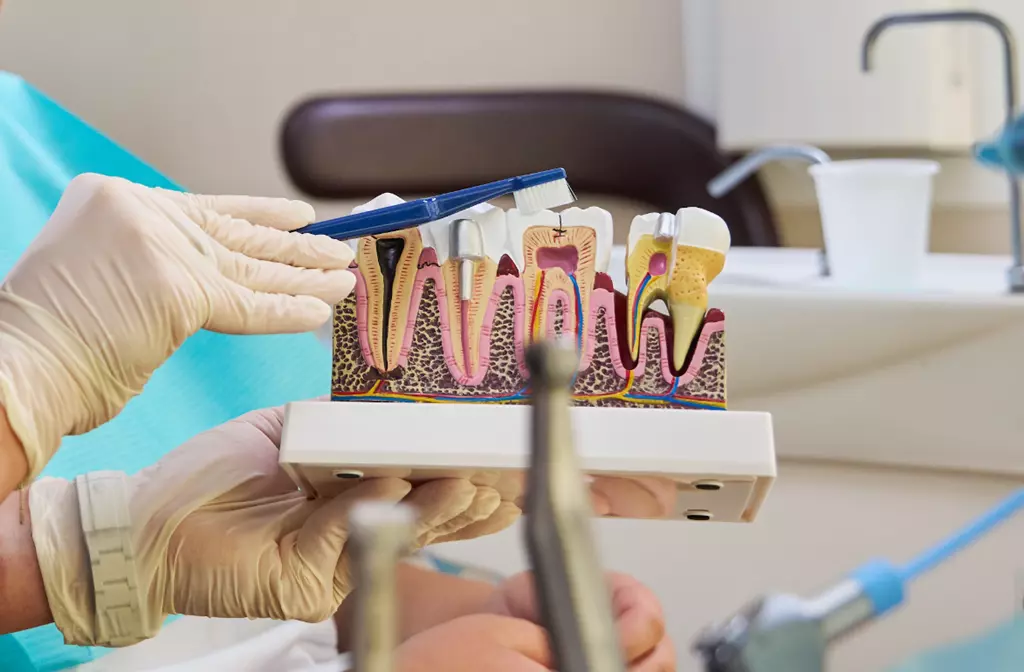Sinus Lift Surgery: Procedure, Benefits, and Recovery
When Is Sinus Lift Surgery Recommended?
A dentist or oral surgeon may recommend a sinus lift in the following cases:
- Insufficient Bone for Implants – When the upper jaw lacks the necessary bone density to support implants.
- Bone Loss Due to Tooth Extraction – Missing upper molars can lead to significant bone resorption over time.
- Sinus Expansion – Naturally large sinuses or bone loss can reduce the space available for implant placement.
- Periodontal Disease-Related Bone Loss – Severe gum disease can deteriorate jawbone density.
- Facial Trauma or Birth Defects – Accidents or congenital conditions may cause inadequate bone volume.
Types of Sinus Lift Techniques
- Lateral Window Technique – A small opening is made in the lateral wall of the sinus to access and lift the membrane before placing the bone graft.
- Osteotome (Crestal) Sinus Lift – A less invasive approach where the sinus membrane is elevated through the implant site.
- Piezoelectric Sinus Lift – Uses ultrasonic vibrations for a precise and minimally traumatic sinus membrane elevation.
The Sinus Lift Surgery Procedure
1. Initial Consultation and Planning
- X-rays or CT scans assess the sinus anatomy and bone volume.
- The patient’s medical history is reviewed to ensure suitability for the procedure.
2. Surgical Sinus Augmentation
- Local anesthesia or sedation is administered for comfort.
- A small incision is made in the gum, and an access point is created in the sinus wall.
- The sinus membrane is gently lifted, and bone graft material is placed underneath.
- The surgical site is closed with sutures to promote healing.
3. Healing and Bone Integration
- Over the next 4 to 9 months, the grafted bone integrates with the natural bone.
- Follow-up visits ensure successful bone development before implant placement.
Benefits of Sinus Lift Surgery
- Increases Bone Volume – Creates a stable foundation for future dental implants.
- Enhances Implant Success Rates – Improves long-term implant stability.
- Prevents Facial Changes – Maintains jawbone structure and prevents sunken facial appearance.
- Minimally Invasive Options Available – Modern techniques reduce discomfort and healing time.
- Customizable Approach – Different grafting materials and techniques can be tailored to individual needs.
What to Expect After Sinus Lift Surgery
- Mild Swelling and Discomfort – Can be managed with pain relievers and cold compresses.
- Nasal Congestion or Minor Bleeding – Temporary sinus irritation may occur.
- Soft Diet – Eating soft foods minimizes pressure on the surgical site.
- Oral Hygiene Maintenance – Gentle brushing and prescribed rinses help prevent infection.
- Limited Physical Activity – Avoid strenuous exercise and heavy lifting for at least a week.
Possible Complications and How to Prevent Them
- Sinus Membrane Perforation – Skilled surgical techniques minimize this risk.
- Infection – Proper oral hygiene and antibiotics help prevent post-surgical infections.
- Excessive Swelling or Bleeding – Following post-op care instructions reduces complications.
- Delayed Healing – Smoking, diabetes, or poor aftercare may slow bone integration.
When to Contact a Dentist
Seek immediate care if you experience:
- Severe or persistent pain beyond the expected healing period.
- Unusual nasal discharge, bleeding, or sinus pressure.
- Signs of infection, such as fever or persistent bad breath.
- Difficulty breathing or excessive swelling.
Conclusion
Sinus lift surgery is a critical procedure for patients who need dental implants in the upper jaw but lack sufficient bone density. By increasing bone height, this technique ensures implant success and long-term oral health. If you require a sinus lift, consult your dentist to determine the best approach for your needs.





















